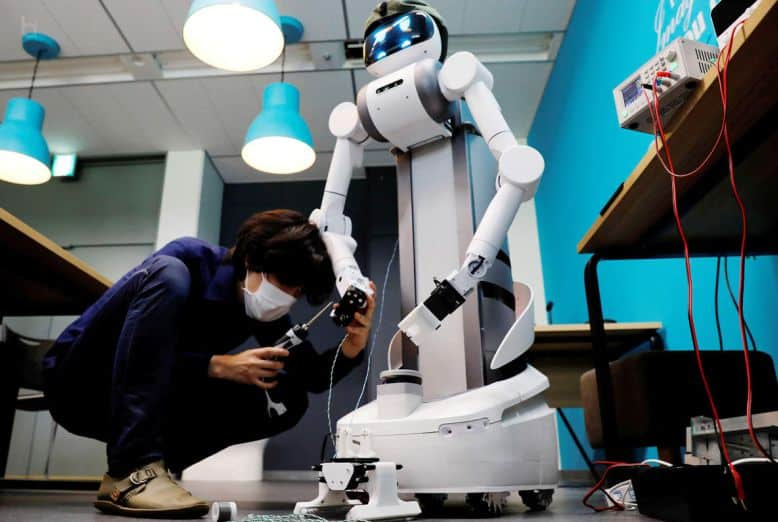Key Highlights:
- – Researchers look forward to exploring larger groups of patients and using the brace to follow patients through physical therapy to establish evidence-based rehabilitation techniques.
- – The new brace is the technology that enhances 3D printing materials and cost effective sensors.
- – The study used the prototype brace to check for five patients with cancer before and for one month.
Targeting Approaches in Physical Rehabilitation
Sunil K. Agrawal, the professor of mechanical and rehabilitative and regenerative engineering and director of the Columbia Engineering ROAR laboratory, explains that current techniques and instruments. So, that doctors have to judge the range of movement a patient may have lost in their necks. So, they frequently offer incorrect measurements or take up too much time and space for routine healthcare appointments.
Agrawal and colleagues take inspiration from their robotic neck brace to monitor head and neck movements in patients. So, with amyotrophic lateral sclerosis (ALS) to design a more reliable and wearable device for scrutinizing neck mobility. They have built a new wearable robotic neck brace in conjunction with Troob’s group. Their findings are published in the Wearable Technologies journal on July 12.
The novel brace is the technology that improves 3D printed materials and affordable sensors. So, the user-friendly device was based on 10 healthy individual’s head and neck movements.
Research in Columbia’s Department of Otolaryngology
Researchers at Columbia Technology and their colleagues in the Otolaryngology department of Columbia can use an innovative robotic neck brace. This brace help physicians evaluate and manage the recovery of the effects of cancer therapy on the mobility of patients’ necks.
Head- and neck cancer was the seventh most common in 2018, accounting for 3 percent of all malignancies. With 890,000 new cases and 450,000 fatalities, and more than 1.5% of all cancer deaths in the US. Such cancer can expand into neck lymph nodes and other bodies. Surgical removal of lymph nodes in the neck can assist doctors to examine the danger of propagation. But it can cause pain and rigidity in the neck and shoulders for years to come.
Determine that patients can have neck mobility problems “The results typically provide a delicate and difficult quantification,” said Scott Troob. So, he is associated with Chief Otolaryngology Officer of Columbia University Irving Medical Centre, head and neck surgery. And Chief of Supervision of Facial Plastics and Reconstructive Operation.
Measure the Entire Range of Motion in the Head and Neck
The study employed the prototype brace to examine the neck movements of five cancer patients before and for one month. After surgical excision of lymph nodes with an electrostatic assessment of muscle activation. During typical clinical visits, they discovered their equipment could identify precisely patient neck changes.
Troob stated that rehabilitation and guided activities are often perceived as unsatisfactory healthcare after surgery. “This effort will form the basis for the proper diagnosis of patients. We also hope that we can objectively assess the improvement of these products. And design evidentiary rehabilitation regimens using the neck brace”.
In the future, researchers are hoping to explore bigger patient groups. And to use the brace to track patients through physical therapy to build evidence-based rehabilitation methods, Troob added. Similar braces are also wanted for other surgery sites, such as the forearms, ankles, or knees.
Also Read:- AiFoam Provides Self-Repairing Abilities In Robotic Hands












